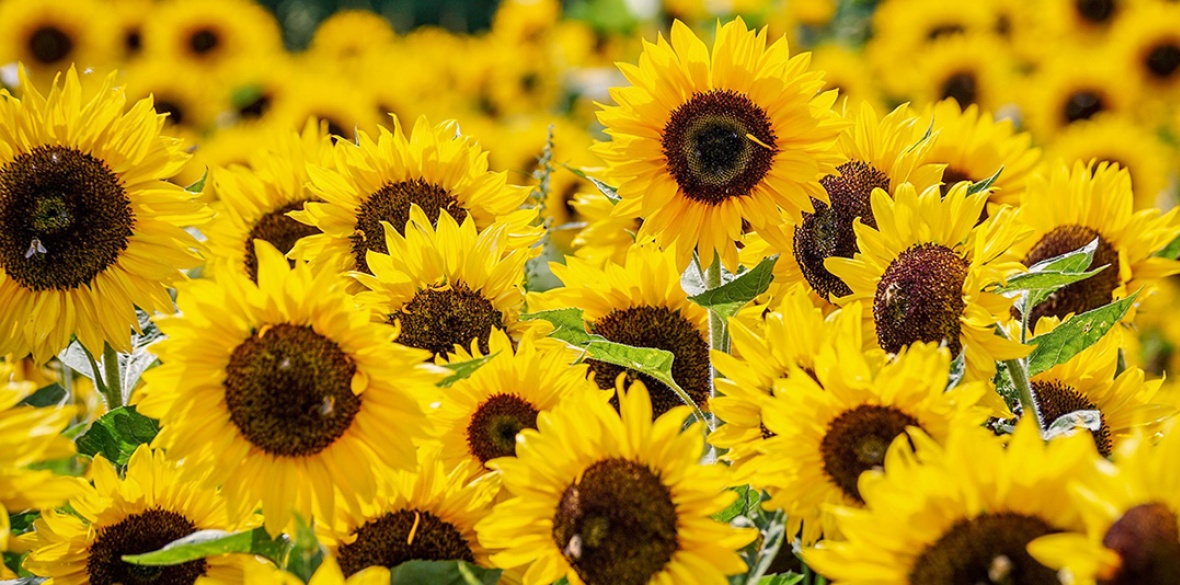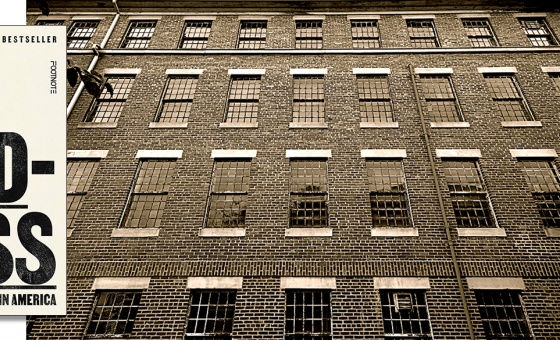This is the last article you can read this month
You can read more article this month
You can read more articles this month
Sorry your limit is up for this month
Reset on:
Please help support the Morning Star by subscribing here
ARE you a republican or a royalist? Whichever, you’ll almost certainly have heard about the fact that Queen Elizabeth II has died after 70 years on the throne and now we have King Charles III, soon to be joined by Queen Camilla.
Apparently we also have a new prime minister too but you will need to Google if you want to know the latest on that.
Few of us, whatever our views, would want to celebrate the death of any old lady, but I couldn’t help seeing one group of people who seemed to be getting very happy and excited about Mrs Windsor’s passing.
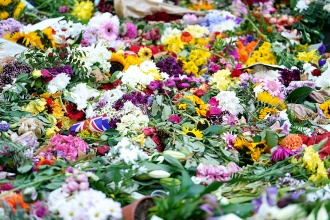
I’m talking about the floristry industry and flower-growing people. Not just the posh florists who make up wreaths and arrangements but your local flower shop, supermarket, garden centre and even lay-by or market stalls who will all sell you a colourful bunch of blooms for a few quid.
Behind them is a whole army of support services; growers worldwide, pickers, packers, importers, distributers — did you realise that most beautiful “English” roses are actually grown in the rose gardens of Ecuador, Cambodia, Colombia and Kenya?
Over 90 per cent of cut flowers in the UK are imported. As we will explain later the number of British flower farms are increasing but the total of British blooms on sale is only growing very slowly.
One exception is springtime daffodils (just £1 a bunch at Tesco this year), as well as cheap, colourful tulips. They have been grown in the traditional colourful bulb fields around Lincolnshire towns like Spalding for years.
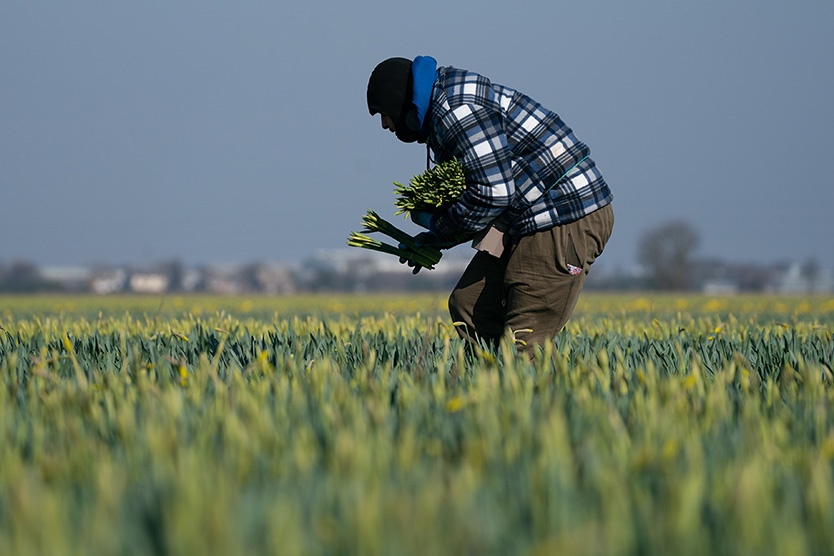
Today their new problem is lack of seasonal pickers. This year millions of tulip and daffodil blooms simply rotted for want of pickers. East and central European seasonal agricultural and horticultural workers are simply not finding it worth coming to pick any more.
I reckon about £10 million worth of flowers were laid outside any building with a vague royal connection when the Queen died. “Her majesty opened these public toilets in 1972” — to more obvious spots like Buckingham Palace or Windsor Castle.
Of course today many of us opt for a long-lasting houseplant instead of a bunch of flowers, either for a present or for our own homes. That houseplant business is growing just as fast as the cut-flower trade and, like cut flowers, the vast majority of houseplants are grown abroad.
Back in 1979 at a Taiwan auction house a single, small flowering orchid plant sold for £100,000. Today you can buy exactly the same plant for between a fiver and a tenner at your local supermarket or garden centre.
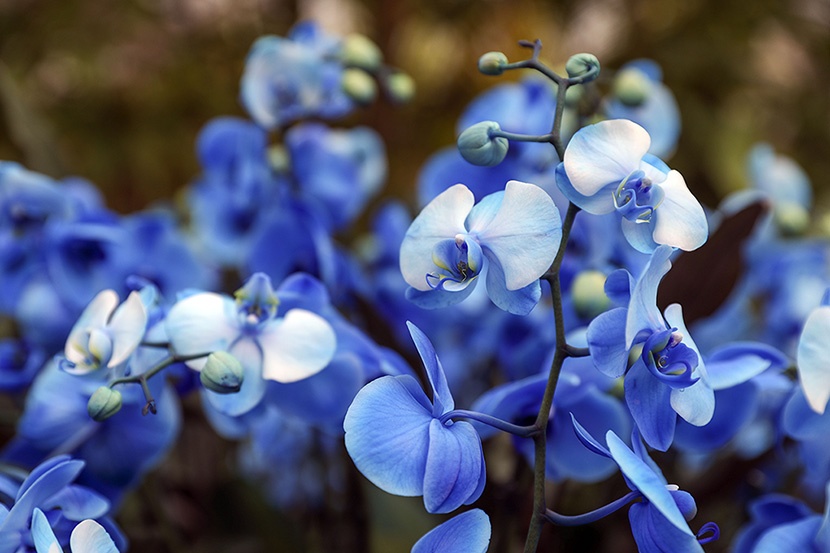
That amazing reduction in price is brought about by an amazing growing method developed a score or two years ago.
The grower carefully extracts the growing point of the orchid — or other plant they want to replicate. This is broken down into tiny parts, each of just a few cells, which then put in a slowly rotating drum machine.
The slow rotation confuses the individual growing cells. Normally those facing downwards will start to become roots. Those facing up become stems and leaves.
The rotating cells can’t make up their mind and instead form a huge clump of individual but complete growing centres that can be separated and grown on to make individual plants. One plant becomes millions.
All this intercontinental plant moving may make for lower prices for flowers and plants, but it also makes the routes for invasive wild plants, as well as plant pests and diseases, much easier.
The good news is that we are developing more and more British cut-flower farms, turning our already green and pleasant land into fields and pastures as bright a gay rainbow flag.
Today the entire home-grown and imported British ornamental flower and plant business is worth £1.4 billion to the UK economy. It employs over 15,000 people directly and almost 30,000 indirectly.
How can I buy British flowers?
The UK’s annual home-grown flower industry is currently worth £121 million. That’s an increase from £82m in 2015.
British flowers now account for 14 per cent of all flowers sold in the UK. And tulips and daffodils make up over half of the seasonal flower market for our home-grown flower trade.
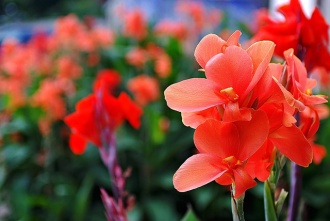
After spring, the British flower story is far from over. As summer starts to show its face, there will be a wide range of varieties also coming into bloom including tall gladioli, scented stock and sweet Williams. Sunflowers are becoming more and more popular.
Fields of sunflowers brighten many roadside fields but most of these are not for the cut flower trade but for oil or amazingly for the huge and profitable bird-table market.
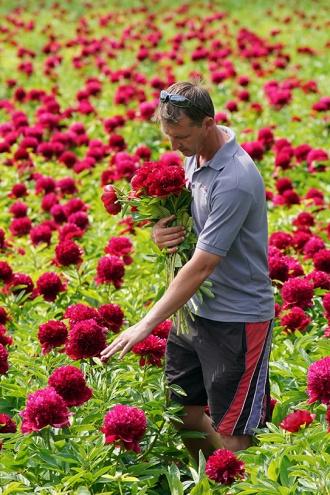
Some of these British flower farms sell to bigger store chains or through London’s wholesale New Covent Garden flower market. British peonies, asters, alstroemeria stand up well to imported blooms.
Unlike many other European countries, the British cut-flower market is dominated by supermarkets. There is no legal requirement to label the origin of cut flowers, but many retailers are proactive when it comes to labelling British, but not so good at imports.
Next time you buy cut flowers from the supermarket, look for country of origin by checking for a Union Jack sticker or “Grown in the UK” on the label.
If you are lucky enough to have a florist in your high street or village square — what an image — ask them if they stock British flowers. You will be supporting your local industry and giving work to 15,000 people directly and almost 30,000 indirectly. Very importantly, you will be helping to encourage wildlife and biodiversity and colour in our countryside.
When you buy your flowers here are a few Frosty tips for getting the best from them:
Use a clean vase; trim the stem at a 45° angle (this increases the surface area for water take-up); remove all leaves that will sit below the water level; change the water around every other day and trim the stems slightly; keep away from direct heat.
That way you can enjoy the appearance of the blooms and the heady perfume that only fresh flowers can bring into your living room.

